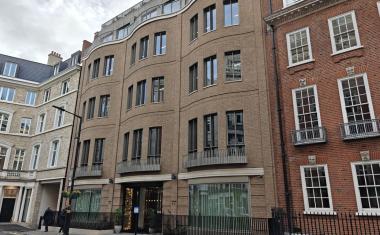Patol’s Heat Detection Cables Protect Cement Plant
Patols fire protection solution, a Linear Heat Detection Cable - or LHDC is now in use at the flagship site of Cemex, one of the UKs major producers of cement. In the cement plant...

Patol’s fire protection solution, a Linear Heat Detection Cable - or LHDC – is now in use at the flagship site of Cemex, one of the UK’s major producers of cement. In the cement plant, the system is being used to detect overheating and fire in the lubrication systems.
Cemex is a manufacturer of a wide range of cements from three UK factories, using locally quarried materials and additives to produce cements that are employed in construction projects throughout the UK. At its flagship site in Rugby, a number of plant lubrication systems are a fundamental part of the production process.
The systems circulate cool and filter lubricant oils around critical bearing surfaces of the site’s process equipment and, as such, require a quick and efficient method of addressing any potential fire safety issues. The solution was the Patol Firesense range of LHDC, a cost-effective method of providing early fire detection in applications that would not ordinarily be viable - either through the inability to sustain the environment requirements or through prohibitive costs.
The cable is installed along the length of the lubrication systems, with alarm relays providing three states of operation: normal, fault and fire. In the event of either a fault or fire condition occurring, the control system of the gearbox lubrication group is automatically placed in a ‘not-ready’ state. This shuts down the pumps, ensuring that the flammable liquids do not pass through the system before an investigation has been carried out to identify the cause of the alarm.
The cable can be employed in a wide range of applications but is particularly suited to those in which harsh environmental conditions prevail, where there is restricted access to the protected area or where installation of the detection is required in close proximity to the risk. All three criteria were applicable in the case of the Cemex cement plant.














